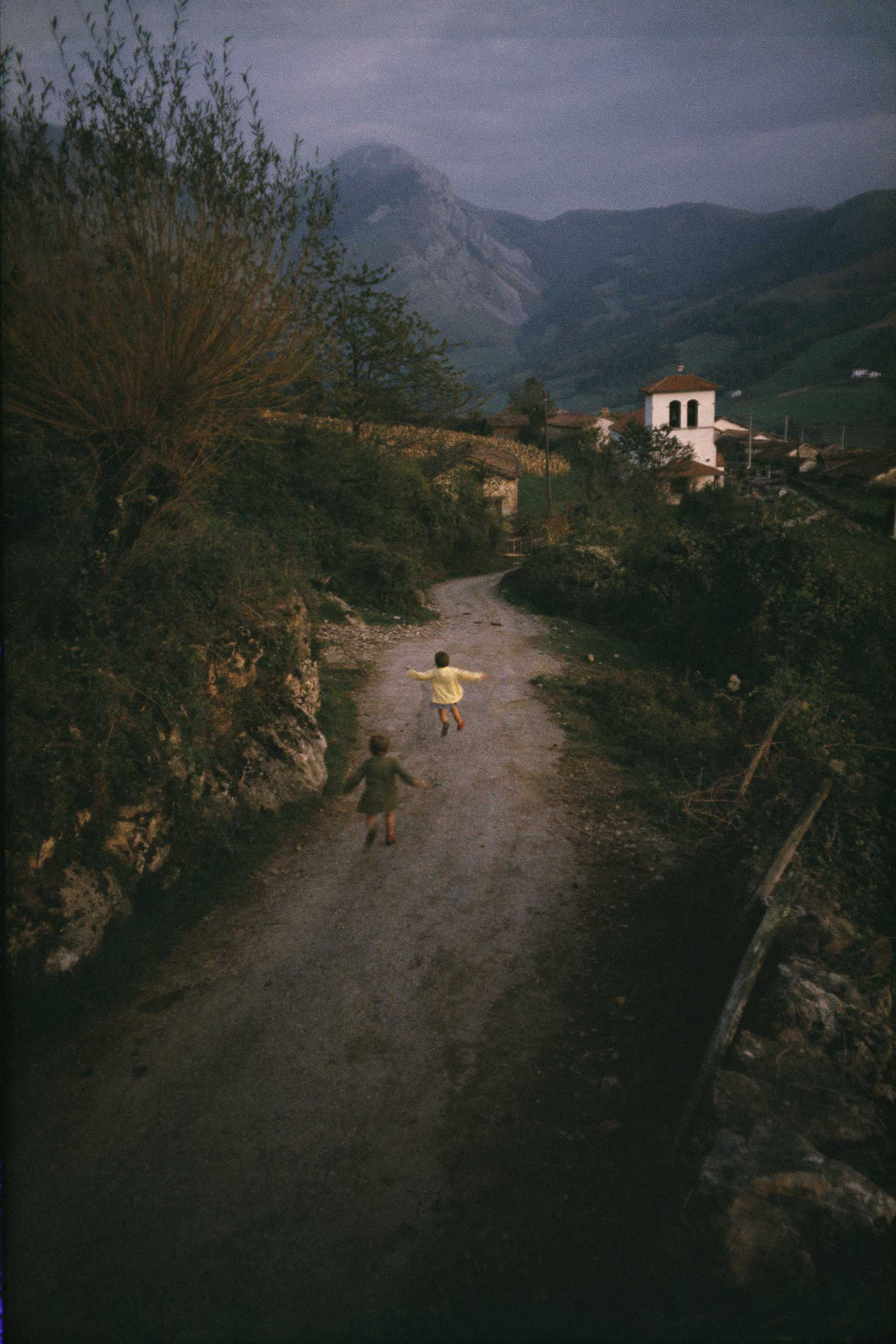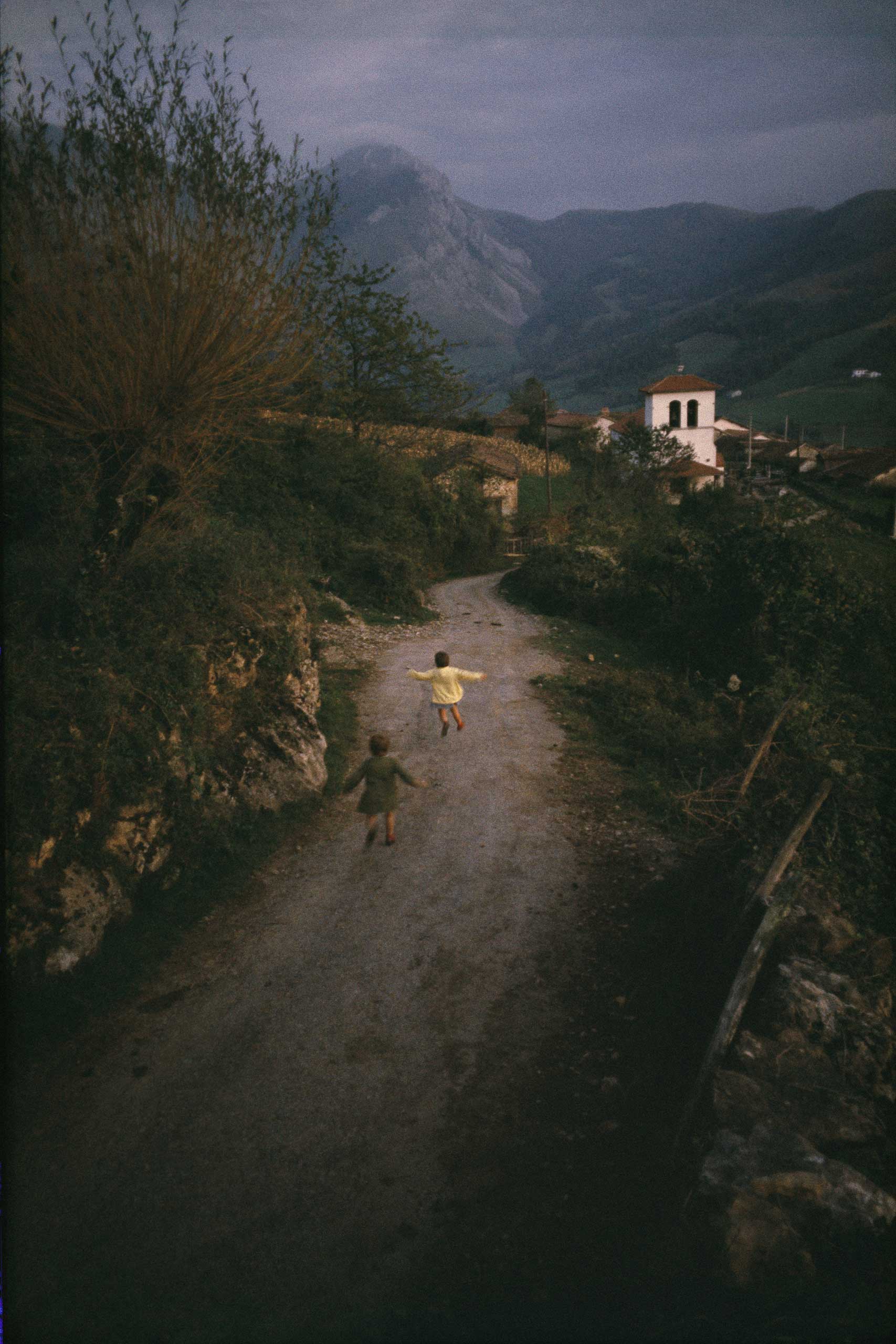
In the latest installment in our series, “The Photo That Made Me“, in which a photographer discusses the one picture that jump-started his or her career, or simply sparked a lifelong interest in photography, TIME LightBox talks with longtime National Geographic photographer William Albert Allard.
My career started with an internship at National Geographic in the summer of 1964. When I was offered the internship, the director of photography, a legendary man named Bob Gilka, asked me how I felt about shooting in color. I said that it didn’t bother me—which was true, because I had never photographed in color before. But it wasn’t until the fall of 1967 that, for the first time, a picture spoke to me in a way that made me feel that I knew what I was doing and that I was actually exploring color.
I was in the French Basque country, standing on the edge of a road leading to a small village in the Pyrenees. I was looking down at a vineyard and it was at that wonderful time of the day when the sun has basically gone down but it’s not yet dark. In America, we would call it dusk, but in France, they have this wonderful phrase that means, “the time between dogs and wolves,” (“Entre chien et loup,” in French) It’s the time when a rock can look like something else entirely. It makes everything look more dramatic than usual.
Just behind me, a little way up the road, there was a cemetery where children would go to play. All of the sudden, I heard this woman’s voice coming from the village. It was in Basque, so I had no idea what she was yelling. A few minutes later, I heard the pitter-patter of children’s feet on the gravel, passing by behind me. I turned and I saw these two little girls—obviously this woman had called them home—and I raised my Leica and I quickly framed two vertical pictures.
At that moment, I got that feeling that you love to have, but that doesn’t come very often; this little connection, [this awareness], in yourself that this could be something special.
I didn’t get back to the office until a month or so later. I went through the film and I saw these two frames. One was blurry—I think I threw it away immediately—and the other one was just kind of magical. These two girls were running or skipping, yet they weren’t really running or skipping; they were floating. Each had little red socks on—you see that tiny, little accent of red, which can be such a significant color in a composition.
I don’t want to say that it was painterly; I hear that all the time and I’m a photographer, I’m not a painter. But I’ve been influenced, I think, over the years much more by painters than I have been by photographers. I think we can learn a lot from painters.
William Albert Allard has been a photographer for National Geographic for almost 50 years. A former contributor to Magnum Photos, the Minnesota native has been published in most major magazines in the U.S. and internationally. He is represented by National Geographic Creative.
As told to Olivier Laurent, editor of TIME LightBox. Follow him on Twitter and Instagram @olivierclaurent

More Must-Reads from TIME
- L.A. Fires Show Reality of 1.5°C of Warming
- Home Losses From L.A. Fires Hasten ‘An Uninsurable Future’
- The Women Refusing to Participate in Trump’s Economy
- Bad Bunny On Heartbreak and New Album
- How to Dress Warmly for Cold Weather
- We’re Lucky to Have Been Alive in the Age of David Lynch
- The Motivational Trick That Makes You Exercise Harder
- Column: No One Won The War in Gaza
Contact us at letters@time.com